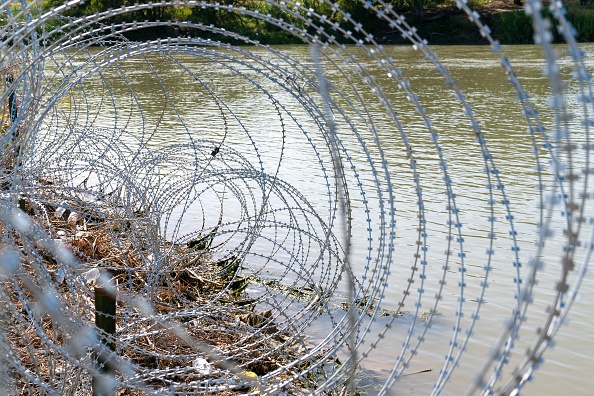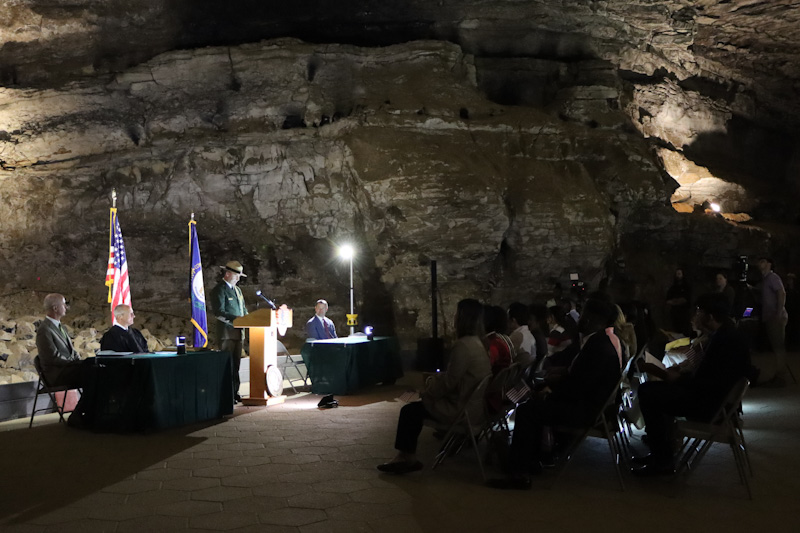Supreme Court allows federal agents to remove border wire installed by Texas; which conservatives joined liberals?

The edge of the Rio Grande River in Eagle Pass’ Shelby Park is lined with concertina wire in Eagle Pass, Texas, on Aug. 24, 2023. (Photo by Suzanne Cordeiro/AFP via Getty Images)
The U.S. Supreme Court on Monday allowed federal Border Patrol agents to cut or move razor wire barriers placed by Texas along the southern border at the banks of the Rio Grande River.
In a 5-4 order, the Supreme Court vacated a Dec. 19 injunction that generally prevented federal agents from disturbing the wire. The majority that lifted the injunction included two conservative justices: Chief Justice John Roberts and Justice Amy Coney Barrett.
The Washington Post, Law360, SCOTUSblog and the New York Times are among the publications with coverage of the Jan. 22 order, which granted a U.S. government request to lift the injunction issued by the 5th U.S. Circuit Court of Appeals at New Orleans.
The appeals court had barred the federal government from interfering with the wire during litigation, except in medical emergencies.
A woman and two children trying to enter the United States drowned Jan. 12. U.S. Solicitor General Elizabeth Prelogar had told the Supreme Court that it can take 10 to 30 minutes to cut the razor wire, which could be too late to save lives in a medical emergency.
“The court of appeals’ injunction not only is legally erroneous but also has serious on-the-ground consequences that warrant this court’s intervention,” Prelogar wrote.
The 5th Circuit had entered the injunction in a Texas lawsuit alleging that federal agents were committing conversion and trespass to chattels under Texas law by disturbing the wire. Prelogar argued that the supremacy clause prevents Texas from applying its law to restrain federal agents from carrying out their federal duties.
“The injunction prohibits agents from passing through or moving physical obstacles erected by the state that prevent access to the very border they are charged with patrolling and the individuals they are charged with apprehending and inspecting,” Prelogar said.
The case is Department of Homeland Security v. Texas.
See also:
“DOJ lawsuit against Texas for Rio Grande barriers is based on this law”



